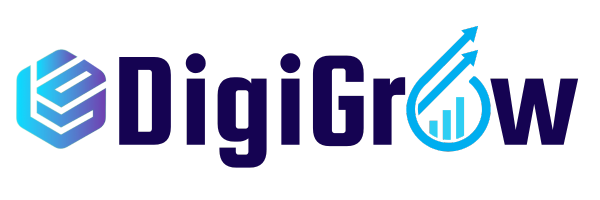Blockchain technology has quickly emerged as a revolutionary tool, impacting industries across the globe. In digital advertising, this decentralized and secure technology is enhancing the way brands, advertisers, and consumers engage with one another, fostering a more transparent and efficient ecosystem.
1. Boosting Transparency and Trust
For years, transparency has been a key issue in digital advertising. Advertisers often lack visibility into how their funds are allocated, and issues like fraudulent clicks and bot traffic complicate matters further. Blockchain provides a solution by recording every transaction on an immutable, decentralized ledger. This ensures that every ad impression, click, and conversion is securely logged, giving advertisers real-time insights into their ad spend and ensuring it’s used effectively.
2. Combatting Ad Fraud
Ad fraud is a massive financial drain for businesses, with billions lost every year due to fake clicks, impressions, and conversions. Blockchain technology brings much-needed accountability by verifying each transaction, ensuring that ads are shown to real users. Advertisers only pay for legitimate interactions, making it much more difficult for fraudulent activities to thrive, and safeguarding both advertisers and publishers.
3. Simplifying Payments
The traditional digital advertising model involves several intermediaries such as ad networks, agencies, and platforms. This often leads to payment delays and inflated costs. Blockchain removes the need for intermediaries by enabling smart contracts, which automatically execute payments when conditions like ad impressions or clicks are met. This ensures prompt, fair compensation for publishers and creators, cutting down delays and reducing unnecessary costs.
4. Empowering Consumers
Blockchain technology is shifting control back to consumers. It allows users to take charge of their data, deciding who can access it and how it’s utilized. Some platforms even reward consumers with cryptocurrency or tokens in exchange for viewing ads or sharing data, establishing a fairer value exchange between brands and their audiences.
5. Enhancing Targeting and Relevance
Effective advertising relies on precise targeting, and blockchain is enhancing these capabilities. By providing verified, consent-based data directly from consumers, blockchain enables advertisers to deliver more personalized and relevant ads while complying with privacy regulations. This not only improves ad performance but also fosters greater trust between consumers and brands.
6. Addressing Scalability Challenges
Despite the promising benefits, scalability remains a challenge for blockchain networks. As blockchain grows, transaction speeds can slow down and costs may rise. However, advancements such as layer-two solutions and improved consensus mechanisms are making blockchain more scalable and viable for large-scale digital advertising operations.
7. The Future of Blockchain in Digital Advertising
While blockchain’s role in digital advertising is still evolving, its potential is vast. As the technology matures, more platforms are expected to adopt blockchain solutions to improve transparency, reduce fraud, and create fairer exchanges of value. Blockchain will continue to play a crucial role in shaping the future of digital marketing, creating a more trustworthy, efficient, and consumer-centric advertising environment.
Conclusion
Blockchain technology is far more than a buzzword; it is a game-changing force in digital advertising. By addressing major issues like transparency, fraud, and data control, blockchain is paving the way for a more equitable and efficient advertising landscape. As its adoption grows, blockchain will continue to influence and define the future of digital marketing.

 Like
0
Like
0
 Dislike
0
Dislike
0
 Love
0
Love
0
 Funny
0
Funny
0
 Angry
0
Angry
0
 Sad
0
Sad
0
 Wow
0
Wow
0





















































